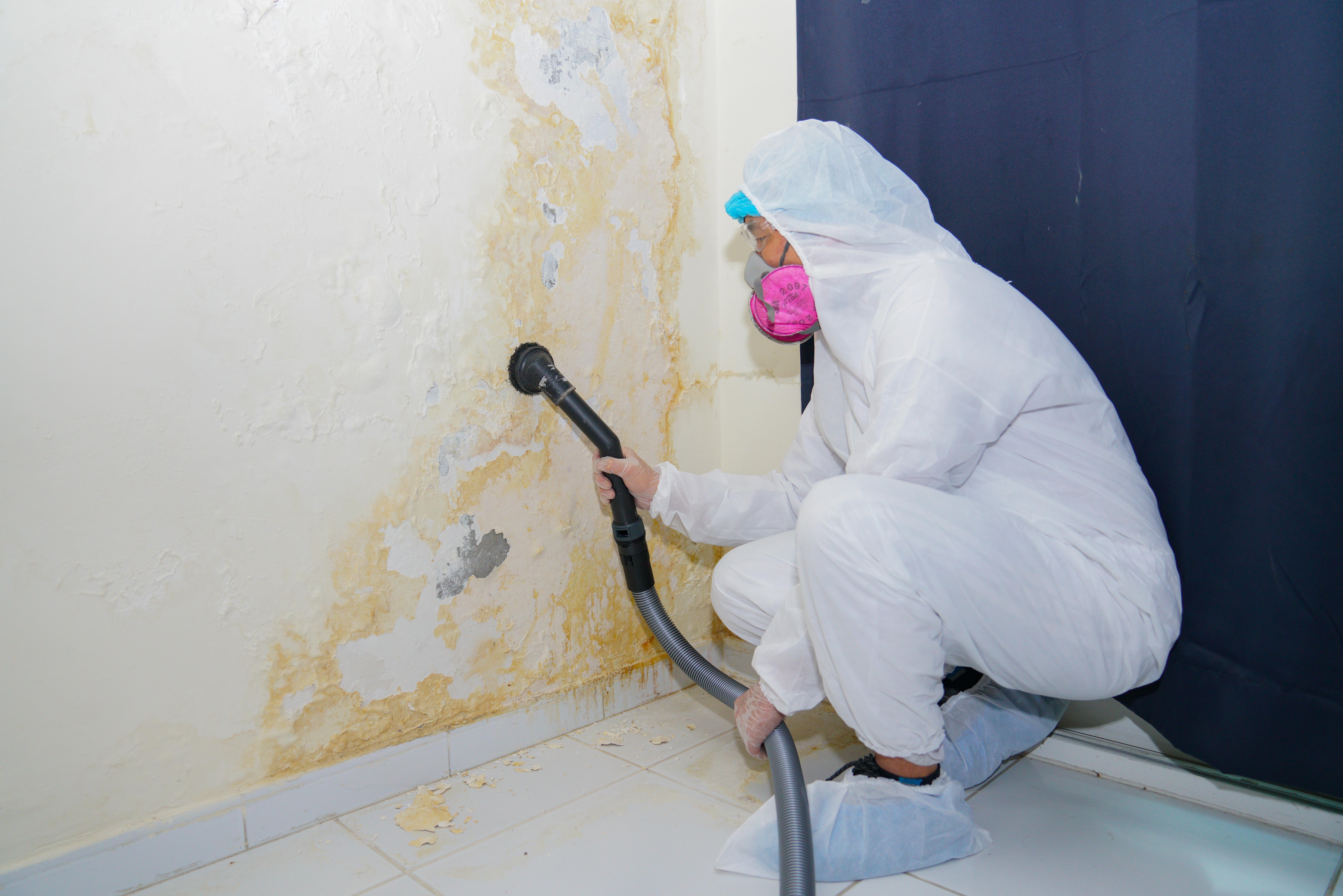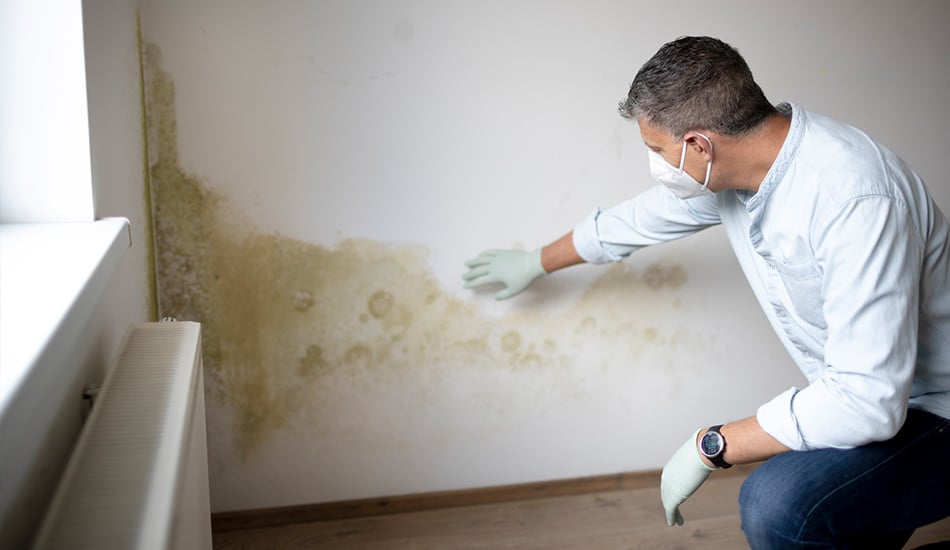Effective Article Mold Remediation Solutions for Your Home
Mold and mildew growth in homes can be a relentless issue, usually needing a systematic technique for effective post-remediation options. From comprehending the elements that add to mold growth to implementing proper cleansing methods and moisture control actions, the procedure can be elaborate yet crucial for preserving a healthy living environment. what to do after mold remediation.
Recognizing Mold And Mildew Growth Elements
The main factor contributing to mold and mildew growth is moisture. Mold spores require moisture to sprout and flourish, making humid or wet atmospheres highly prone to mold invasions.

Furthermore, air flow and light exposure can impact mold and mildew development. Areas that do not have proper ventilation and all-natural light are much more prone to mold and mildew development. By dealing with these factors thoroughly, people can efficiently minimize mold growth and safeguard their living settings.
Proper Mold And Mildew Cleaning Methods
Utilizing reliable cleansing techniques is necessary in protecting against the recurrence and attending to of mold contamination in indoor atmospheres. The first step in correct mold and mildew cleaning is to contain the affected area to protect against the spread of spores to unpolluted areas.

Applying Moisture Control Procedures
To effectively avoid mold development and contamination in interior settings, implementing wetness control actions is paramount. Moisture is the primary element that fuels mold development, making it critical to handle moisture degrees within the home. One efficient procedure is to utilize dehumidifiers to maintain indoor humidity levels below 60%. Additionally, guaranteeing appropriate ventilation in locations susceptible to moisture accumulation, such as shower rooms and kitchen areas, can aid minimize the danger of mold and mildew development. Consistently examining and fixing any leaks in plumbing, roofs, or home windows is additionally essential in preventing excess dampness buildup. Utilizing exhaust fans while cooking or bathing, and allowing air blood circulation by maintaining furniture slightly far from wall surfaces can assist in moisture control. In addition, making use of moisture-resistant materials in high-humidity areas, such as mold-resistant drywall and paints, can be valuable. By faithfully carrying out my review here these wetness control measures, home owners can efficiently minimize the possibility of mold recontamination and keep a healthy and balanced interior setting.
Using All-natural Remediation Solutions
After effectively executing moisture control measures to avoid mold development in indoor settings, house owners can now check out the effectiveness of all-natural removal solutions in keeping a healthy living room. All-natural remediation solutions make use of environmentally pleasant techniques to combat mold and mildew and mold, making them a prominent choice for those looking for non-toxic choices. By incorporating these click reference all-natural removal options into their cleaning routines, house owners can efficiently battle mold and mildew growth while advertising a healthier interior environment for themselves and their households.

Preserving a Mold-Free Setting
In order to avoid mold and mildew reappearance and ensure a constantly mold-free environment, it is vital for house owners to carry out positive upkeep techniques. Regularly evaluating areas susceptible to mold and mildew growth, such as shower rooms, kitchens, basements, and attic rooms, is important. Resolving any kind of leakages, water damages, or excess wetness quickly can substantially minimize the risk of mold and mildew growth. Post Mold remediation cleaning. Correct air flow in areas with high moisture degrees is also essential to stop mold and mildew growth. Using dehumidifiers or exhaust followers can aid maintain ideal moisture degrees and inhibit mold and mildew spores from flourishing.
Additionally, preserving tidiness in the home is important for mold prevention. Keeping indoor plants in check and ensuring correct water drainage in outside landscaping can lessen moisture build-up, reducing the chance of mold and mildew infestations.
Conclusion
Finally, it is necessary to deal with mold and mildew development aspects, use proper cleansing methods, carry out wetness control procedures, utilize all-natural removal options, and preserve a mold-free atmosphere in order to properly handle blog post mold removal in your home - After mold remediation. By adhering to these strategies, you can avoid mold and mildew from persisting and ensure a healthy living environment for you and your family
The primary factor adding to mold and mildew development is wetness. this article Mold spores require moisture to grow and germinate, making damp or moist atmospheres very at risk to mold problems.To efficiently protect against mold development and contamination in interior environments, implementing dampness control measures is extremely important. Furthermore, making certain proper ventilation in locations vulnerable to moisture accumulation, such as washrooms and kitchen areas, can assist reduce the risk of mold and mildew growth.After successfully executing moisture control measures to protect against mold and mildew development in interior atmospheres, homeowners can now check out the effectiveness of all-natural removal remedies in maintaining a healthy and balanced living space.